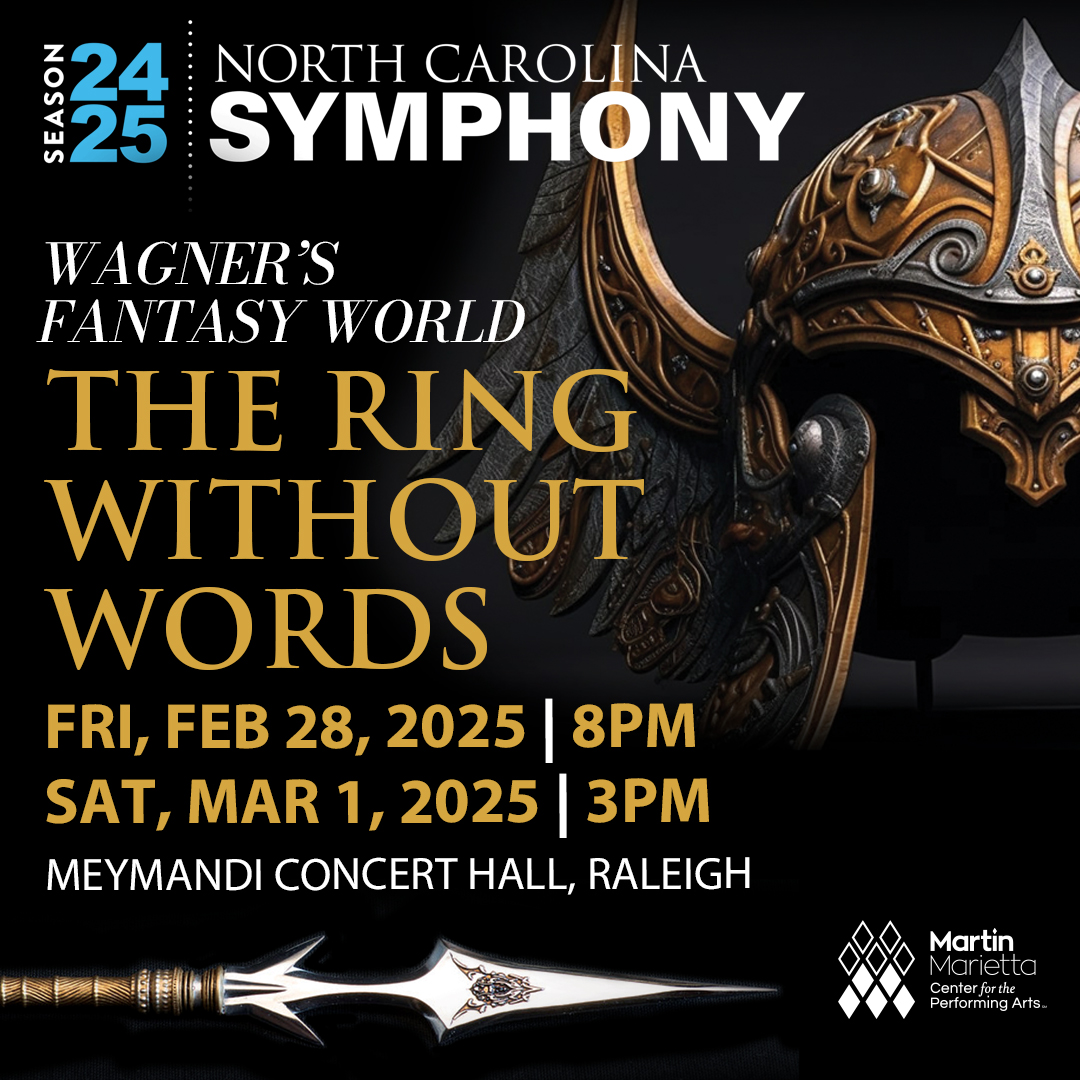Alto Rhapsody, Op. 53
Johannes Brahms (1833-1897)
THE STORY
As a young man, Johannes Brahms was viewed by many as a successor to Ludwig van Beethoven—extraordinary pressure for a musician just beginning his career. He would conspicuously avoid writing a symphony or a string quartet, both genres having been revolutionized by Beethoven, for many years. Instead, Brahms found his compositional voice through vocal works; his first great success as a composer came with the premiere in 1868 of his German Requiem.
The Alto Rhapsody was composed in 1869 when Brahms was in his mid-30s. The text, from a poem by German author and philosopher Johann Wolfgang von Goethe titled “Winter Journey in the Harz Mountains,” depicts a wanderer who journeys into the wilderness in search of spiritual relief from his earthly suffering.
Brahms, who never married, struggled to establish and maintain romantic relationships. Some scholars have speculated that he had become enamored with Julie Schumann, the daughter of his mentors Robert and Clara Schumann, though most likely he never made his feelings known. When Julie became engaged to another man, Brahms presented the Alto Rhapsody to her as a wedding gift.
THE STORY
- The deep, rich timbre in the lowest register of the female singing voice, intoning the poet’s description of the solitary wanderer
- Three distinct sections in the work: an introduction in a minor key, in which the soloist sets the desolate scene; a beautiful aria that asks who will soothe the suffering of the protagonist; and finally, the entrance of the men’s choir, pleading for solace
- The final two words of the work, “…sein Herz!” (“…his heart!”)—the same progression as when singing “Amen,” called a plagal cadence
INSTRUMENTATION
Two flutes, two oboes, two clarinets, two bassoons, two horns, strings



